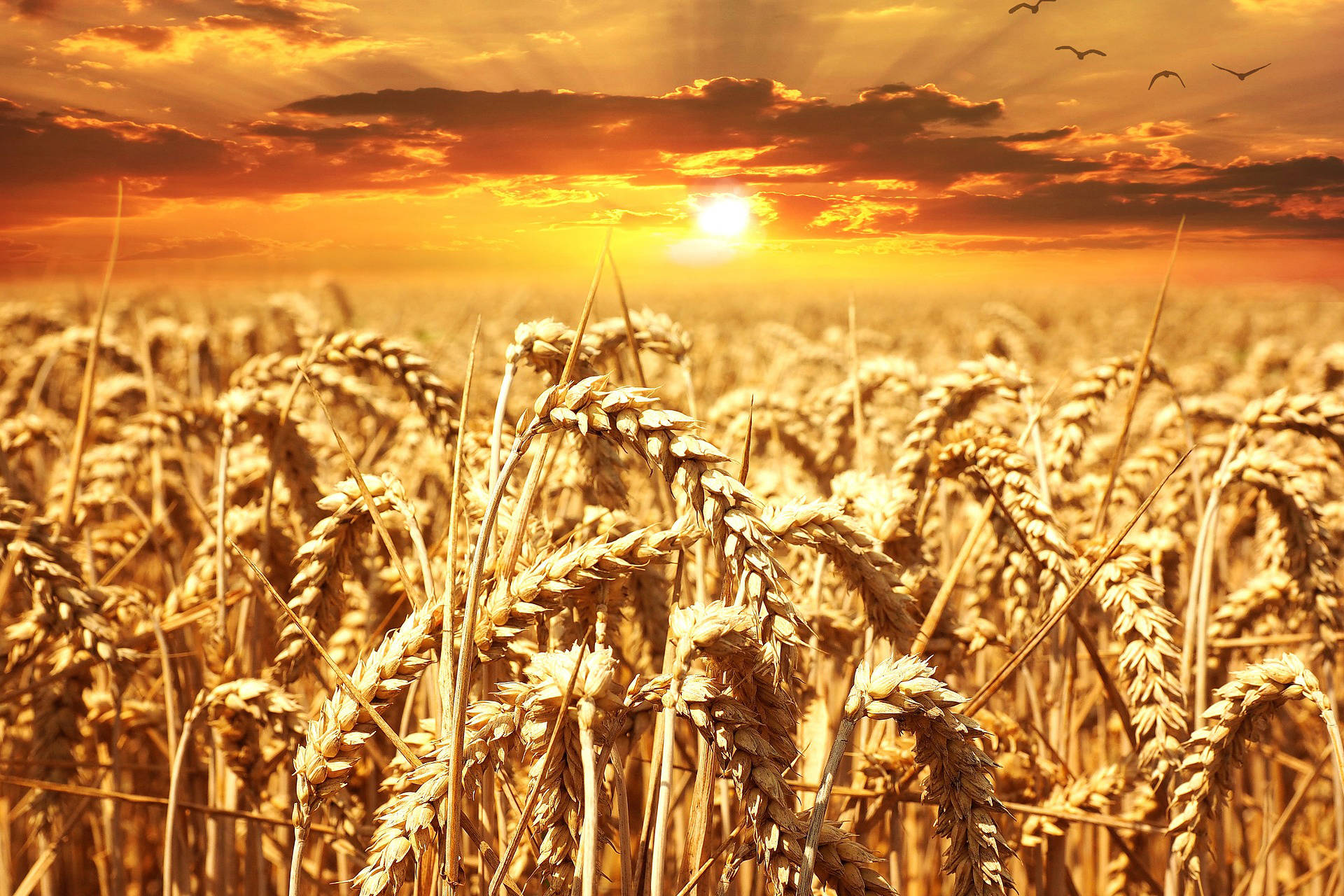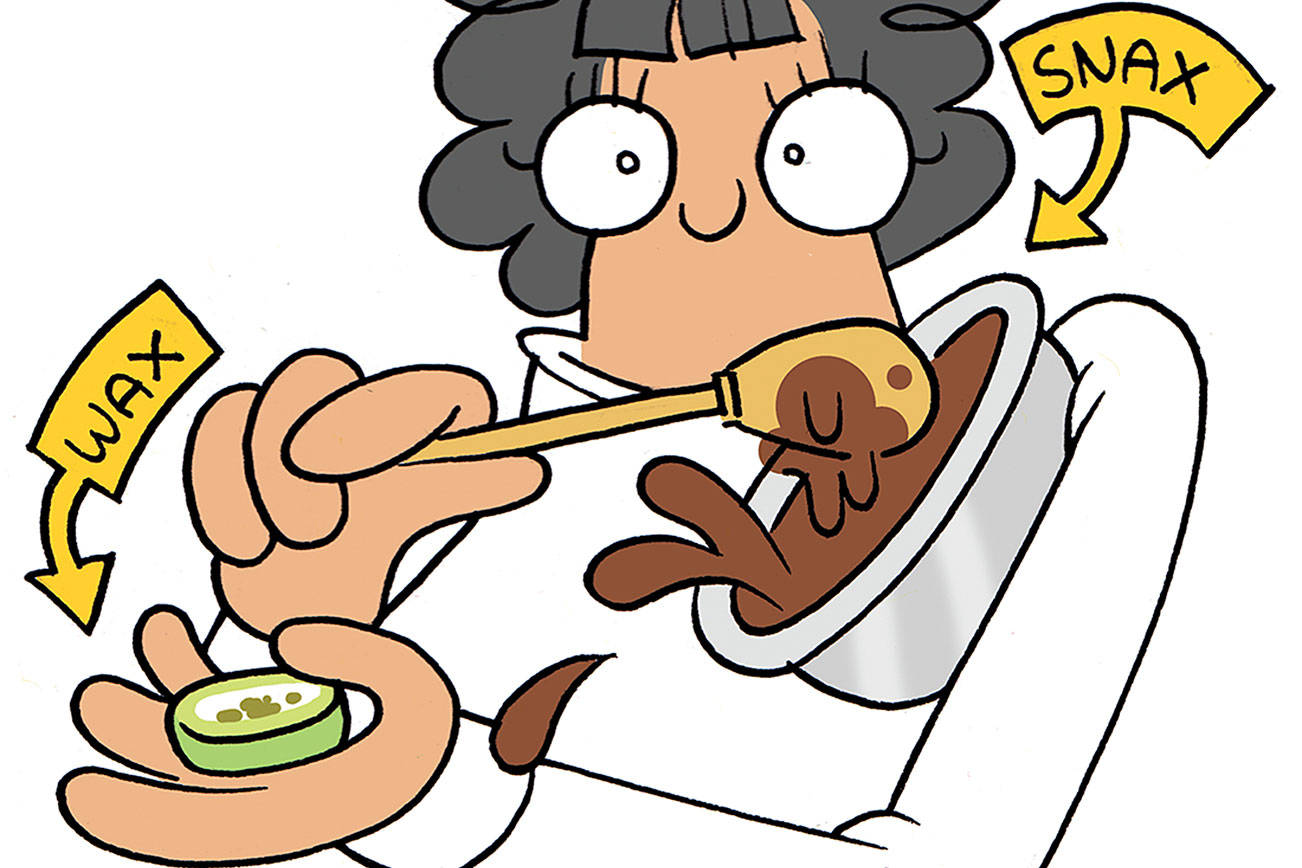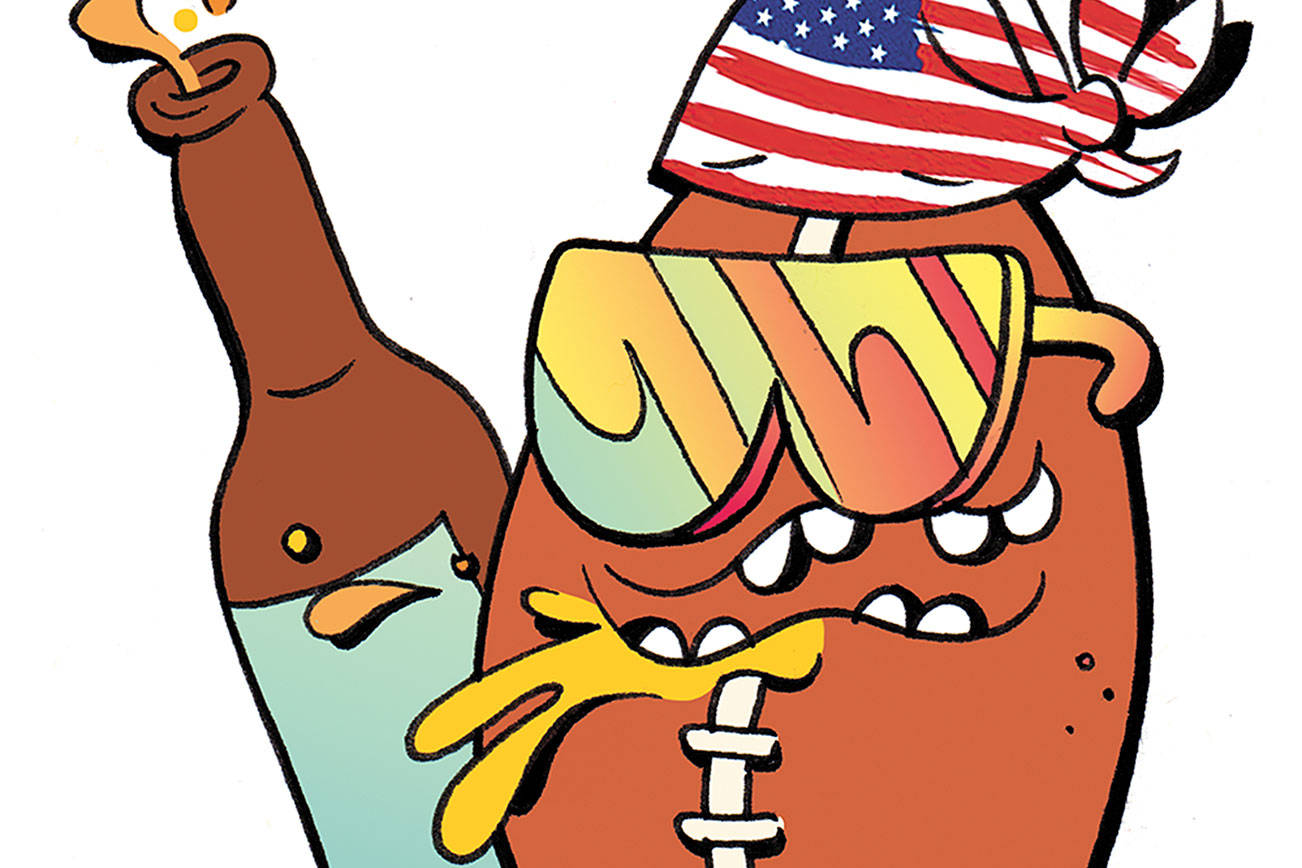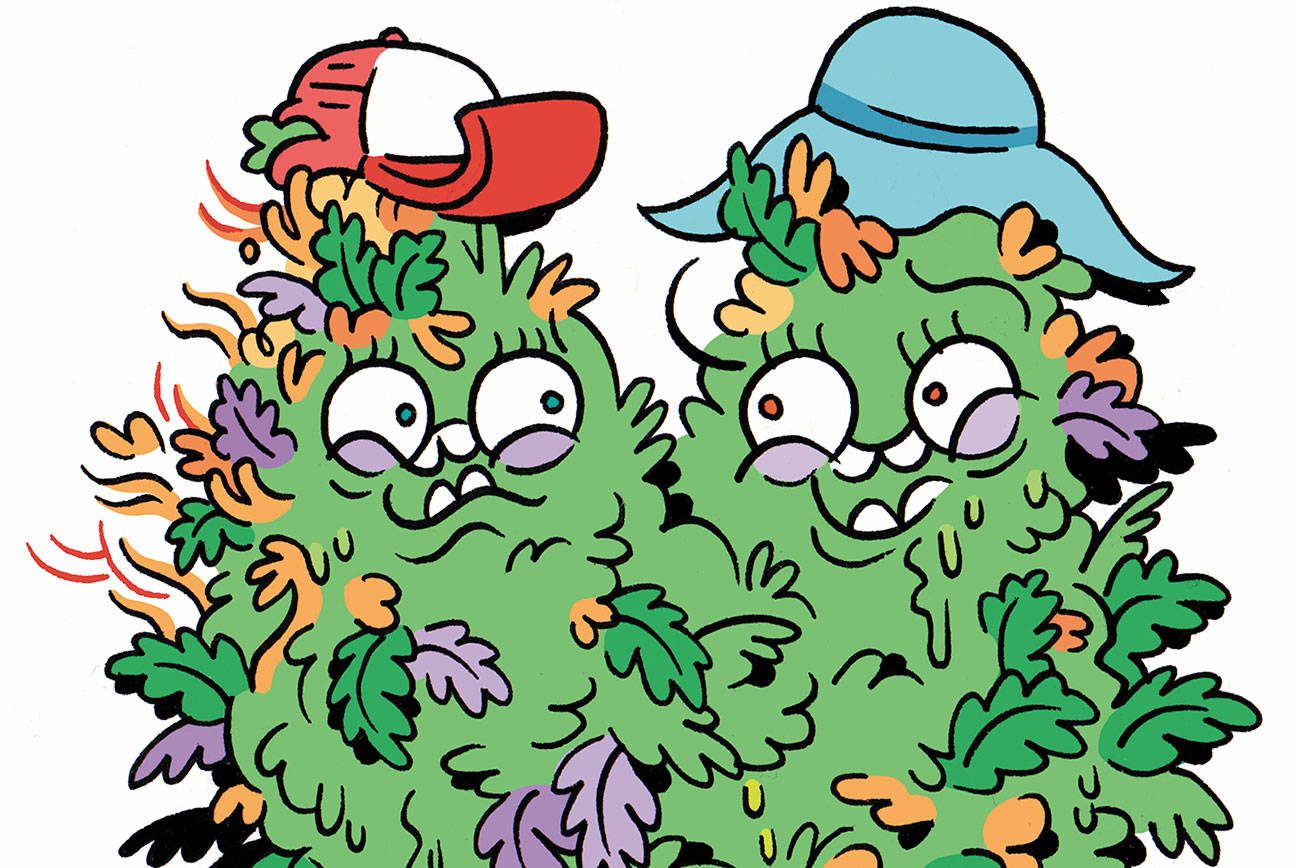Summer will not last forever. No matter how we try to deny or ignore it, this fact persists in the back of our sun-addled minds. Yet it is only by recognizing the fleeting nature of this superior season can one embrace and consume the fullness of the Earth’s bounty at its highest point. This is the thinking behind Lammas, which will take place on August 1 and is celebrated by witches, pagans, and other heathens all over the Northern Hemisphere.
One of the Greater Sabbats, along with Samhain, Imbolc, and Beltane, Lammas—which loosely translates to “loafmass”—is the first of three harvests of the year, the moment when we gather the very best of our year’s efforts. Historically celebrated as a multiday festival, the celebration culminates in the sacrifice (sometimes symbolic, sometimes not) of the local king or another symbol of the fiery Sun God (like a bull or other animal).
Depending on the culture and era, it may be the Goddess who kills him, or his successor, or he may sacrifice himself. Regardless, the metaphor represents the process of this light-bearing deity pumping themself up to their final form, then being harvested at that pinnacle moment of their power for the ultimate benefit of the people and the land. It’s this intense power shift that kicks off a series of events that lead to the God’s upcoming journey through the Underworld that is fall and winter.
Pagans of old would have observed Lammas, also called Lughnasadh, in several ways, most commonly by baking a loaf of bread with grains from this first harvest, eating some, offering some on their altar, and crumbling some into the fields to send the energy back out into the system. They also would have gone out to the local well and “dressed” it with garlands, flowers, and art, honoring all the sources of abundance in their world. They would have purified their houses, reaffirmed commitments to friends and loved ones, tried to wrap up unfinished projects and deals, and looked at what could be sacrificed in their lives.
Ritual sacrifice at this time of year has been a part of cultures around the world throughout time. Those who think that we no longer partake in such traditions need only look at our modern propensity toward war, which is a potent form of sacrifice—August has historically seen more war than any other month. Many of the deities and heroes worshipped at this time of year are warriors, leaders, and light-bringers, such as the Irish Lugh, Egyptian Hatshepsut, and Greek Prometheus. A sacrifice does not always entail blood, however. It is just as appropriate to the season to offer our “sins” to be sacrificed: our prejudices, our unhealthy habits, our lazy ways of thinking—the “dross” in us that holds us back from being a “light-bringer.” We each carry a sacred fire in us that could light up the world if we could share it, but it is often buried under doubt, insecurities, and fear. What is holding you back from being a source of light to your community? What’s holding back the people around you?
There’s one other element to this holiday: Death. This is the last six weeks of the Sun’s full power, and after this the days get shorter and colder. Crom Dubh, the “Dark Crooked One” of Irish myth, has his holy day at this time too. The Wheel turns. I encourage you to drink deeply of the golden summer while we have it. Meagan Angus presents The Wheel of the Year Series: Lammas/Lughnasadh/First Harvest. The Vajra on 10th, 1423 10th Ave., Studio 9. meaganangus.com $25/$35 day of. All ages. 1 p.m. Sat., July 29.
arts@seattleweekly.com








